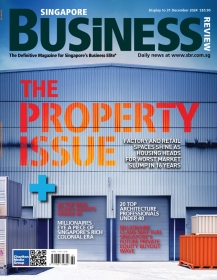
What really happens when interest rates surge in residential market
How bad could things be?
According to Maybank Kim Eng, cap rates for commercial properties are likely to rise on the back of higher costs of borrowing. NAVs of landlords will therefore be negatively impacted as capital values fall, especially for the segments where there is little room for rents to grow, i.e. office and industrial.
The impact of higher interest rates on the residential market is a reduction in demand as affordability weakens, coupled with a much lower carry from rental income. Residential ASPs are likely to fall as a result, leading to lower profitability for many of the sites developers had acquired more recently.
Here's more from Maybank Kim Eng:
To illustrate the impact on financing costs on residential affordability, let’s assume a SGD1.2m 30-year loan is taken for a typical private non-landed property which costs SGD1.5m (assuming 80% LTV).
Currently, most home loan packages offer floating rates of around SIBOR+1.1% (or similar), for an effective rate of ~1.5%. The base-case monthly payment works out to SGD4,141.
For every 1-ppt increase in interest rate, the monthly payment increases by over SGD600, which results in additional payments of ~SGD8,000 per annum. The cumulative increase can be quite significant should borrowing costs eventually rise to ~4% (as was the case in c.2006), thus negatively impacting affordability.
























 Advertise
Advertise






